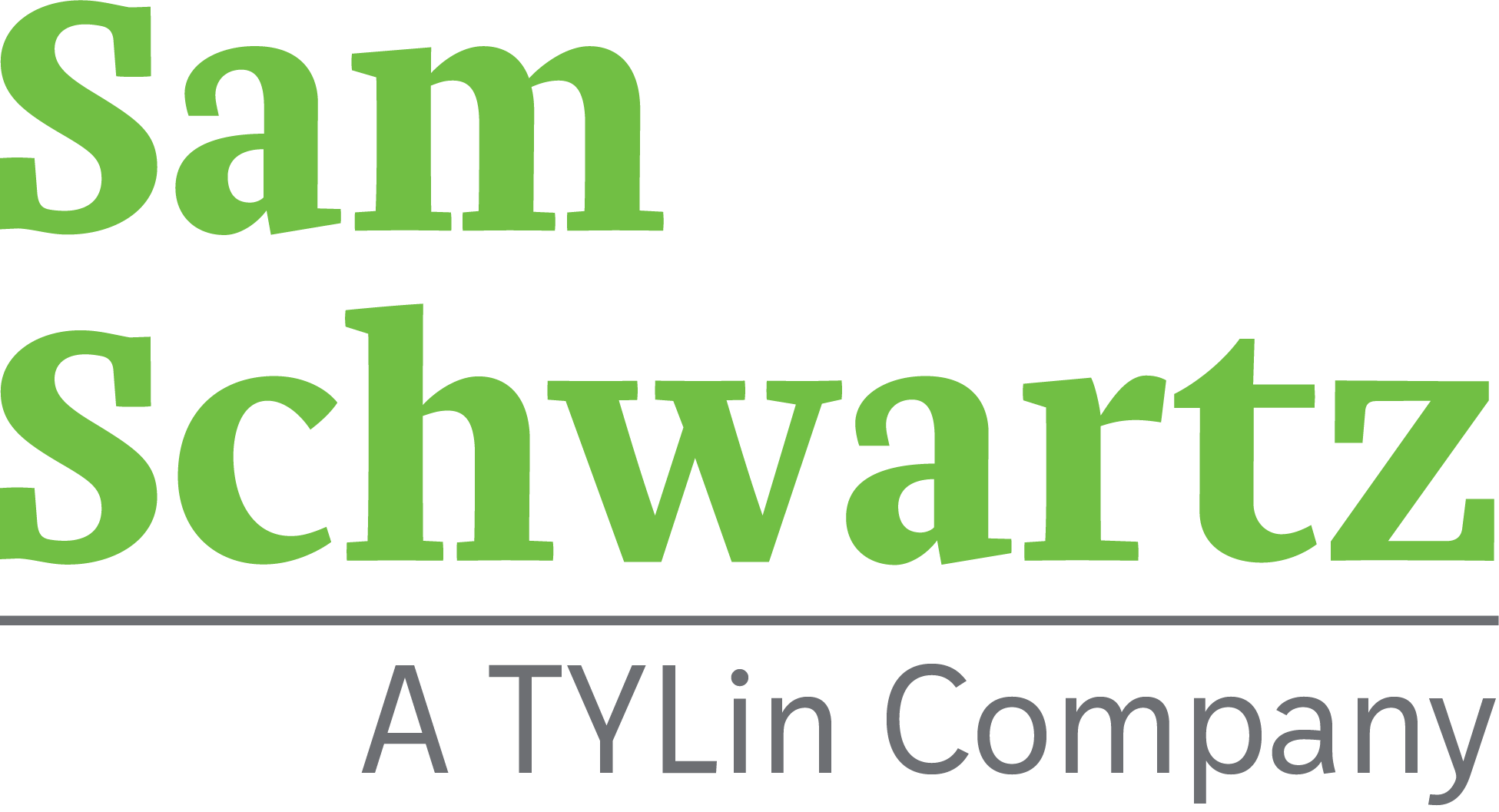Environmental and land-use reviews of development + infrastructure projects, big + small.
Sam Schwartz takes pride in successfully shepherding development and infrastructure projects through the elaborate federal, state and city environmental and land use review processes, including reviews under the:
New York City Environmental Quality Review (CEQR) process
New York State Environmental Quality Review Act (SEQRA)
National Environmental Policy Act (NEPA)
Uniform Land Use Review Procedure (ULURP)
Coastal Zone Consistency Review
Community Reassessment, Impact & Amelioration (CRIA) process
An industry leader in the environmental review field, Sam Schwartz’s planners and engineers are recognized for their ability to prepare clearly written environmental documents that meet all regulatory requirements. Our environmental and land use services range from the provision of guidance at the earliest stages of project planning to the completion of detailed environmental impact statements and other required documentation, to the preparation of required mapping and graphics in support of land use review applications.
Our diverse experience has ranged from site-specific developments to the alienation of public parkland, street closures, large-scale development plans, and area-wide re-zonings. Our multidisciplinary team is widely acknowledged for its ability to work closely with project development teams and provide innovative solutions to complex environmental and transportation challenges that allow projects to move forward within demanding development schedules. Our clients have included a broad array of major developers, attorneys, public agencies, and institutions.
Banner credit: Aufgang Architects
Kovid Saxena, AICP, LEED AP, ENV SP
Principal + National Director, Environmental Planning
“Today, at a time when disproportionate public health consequences on minority and low-income communities are tragically apparent, the need for the environmental review process as a planning tool to weigh benefits and costs of policy decisions is greater than ever.
Efficient, streamlined environmental review relies on a deep understanding of agency concerns and processes, project objectives, political imperatives, strong project management and communications, combined with robust technical capabilities—attributes we deploy for each of our projects.”








